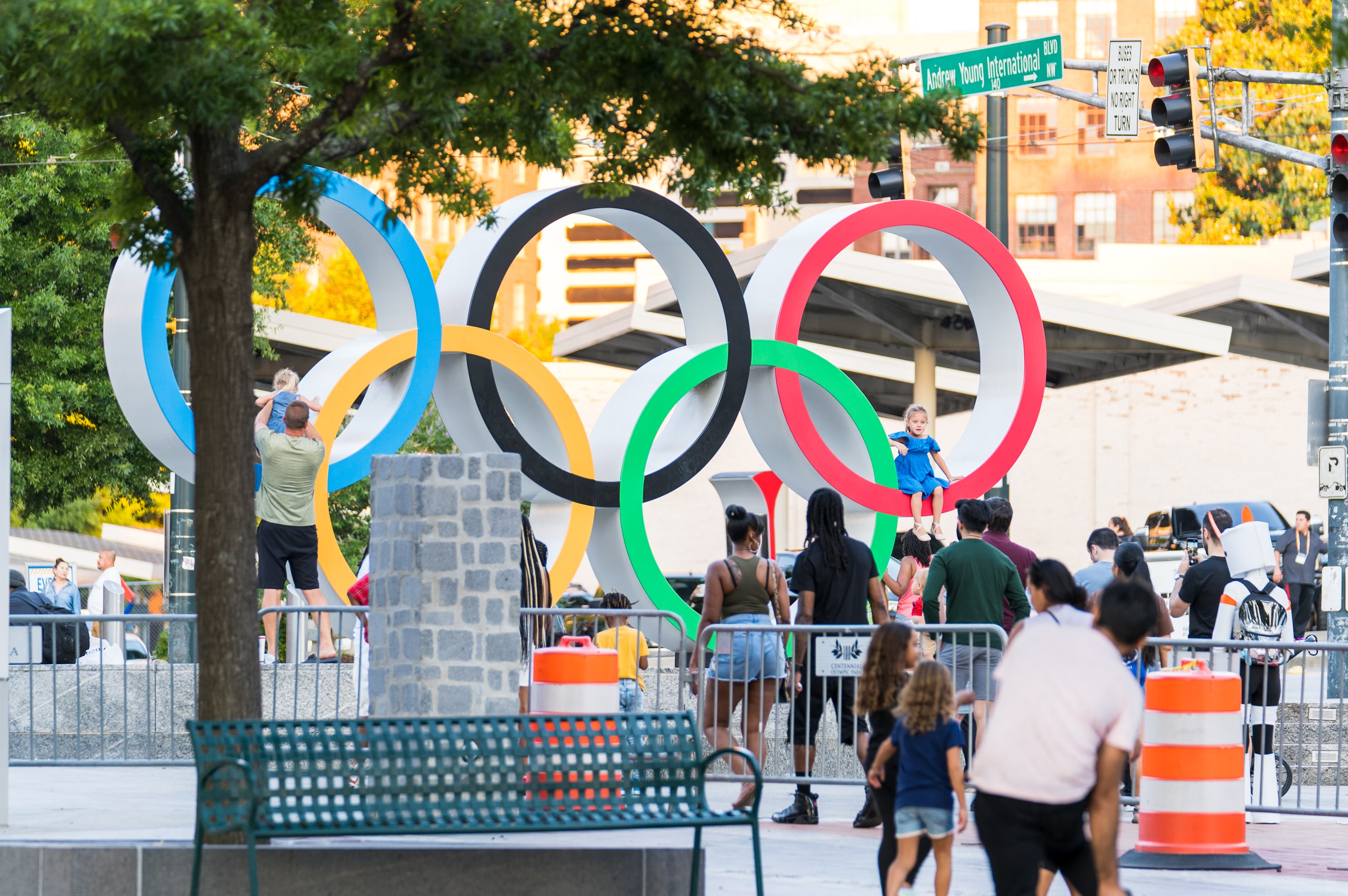Partnering with an Olympic athlete can be a golden opportunity for a brand to elevate its visibility and connect with a global audience. However, navigating the complexities of such a partnership requires a keen understanding of the Olympics' strict regulations, notably Rule 40 of the Olympic Charter. This rule restricts athletes' participation in advertising during the Olympic Games, aiming to protect the exclusivity of the official Olympic sponsors. Brands must approach these sponsorships with creativity and strategic foresight, working closely with athletes to ensure compliance with Rule 40 while maximizing the partnership's potential outside the blackout periods. Essential steps include aligning brand values with an athlete's personal brand, understanding the specific guidelines set by the athlete's National Olympic Committee, and crafting campaigns that resonate well with the athlete's fan base without breaching IOC regulations.
This guide will show how to successfully partner with an Olympic athlete, focusing on mutual benefits and compliance with Olympic rules.
Brand Guide:
-
Understand the Olympic Charter and Rule 40: Before approaching an athlete, it's crucial for a brand to familiarize itself with the Olympic Charter, particularly Rule 40, which restricts athletes' participation in non-official sponsor advertisements during the Games. Brands must plan their marketing campaigns to ensure they do not violate these restrictions. This means scheduling promotions outside the blackout period, typically starting just before the Opening Ceremony and ending a few days after the Closing Ceremony. Understanding these guidelines is key to developing a sponsorship strategy that leverages an athlete's Olympic participation without breaching IOC regulations.
-
Engage Early and Plan Long-Term: Begin the partnership process well in advance of the Olympic Games. This allows time to build a genuine relationship with the athlete and plan campaigns outside the restricted periods. Long-term engagements are beneficial as they provide stability for the athlete and continuous exposure for the brand. Early engagement also means navigating any contractual obligations the athlete may have with existing sponsors, including national team agreements that might limit sponsorship opportunities. Planning for the long term ensures that the brand and athlete can maximize the partnership's value beyond just the Olympic cycle.
-
Leverage Social Media and Digital Platforms: In the digital age, social media and online platforms offer a loophole to traditional advertising restrictions. While still respecting Rule 40, brands can work with athletes on content that highlights their journey, training, and personal stories without directly promoting products during the blackout period. This content strategy can foster audience engagement and build anticipation for campaign launches post-Games. It's also essential to adhere to the specific guidelines provided by the athlete's National Olympic Committee, which may have its interpretation of Rule 40's application to digital content.
-
Explore Non-Traditional Sponsorship Opportunities: Beyond traditional advertising, there are creative ways to benefit from partnering with an Olympic athlete. This can include speaking engagements, appearances, co-branded content that focuses on the athlete's story or journey to the Olympics, and product collaborations designed and launched outside the restricted periods. These initiatives must be carefully crafted to ensure they don't contravene IOC rules, focusing on storytelling and brand alignment rather than direct product promotion during the blackout dates.
-
Comply with National Olympic Committee Guidelines: Each National Olympic Committee (NOC) may implement Rule 40 with some variations. Brands must work closely with the athlete and their representatives to understand and comply with their home country's specific rules and guidelines. This compliance is crucial for avoiding potential conflicts and ensuring that marketing activities are effective and respectful of Olympic principles. Engaging with legal counsel or consulting with the NOC can provide clarity and direction, helping brands navigate the complexities of sponsorship agreements in the Olympic context.
Conclusion
Sponsoring an Olympic athlete allows brands to engage with a global audience and align with values like excellence and resilience. However, adherence to Olympic regulations, especially Rule 40, is essential to avoid violations while maximizing the partnership's impact. Effective planning and compliance with IOC and National Olympic Committee guidelines are key to successful campaigns. OpenSponsorship facilitates these partnerships by offering a straightforward platform for brands to connect with athletes, ensuring compliance and fostering beneficial relationships.

